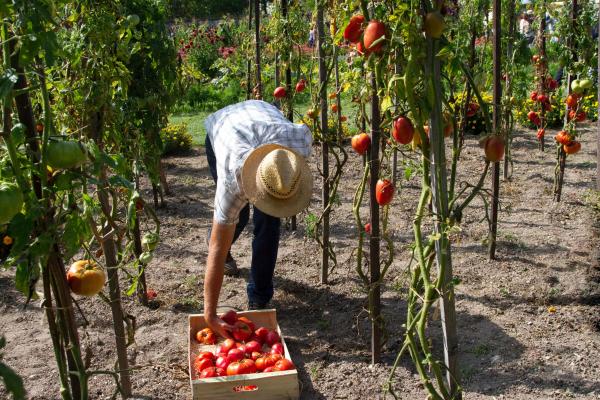Mar 19, 2020
This younger crop of Catholic Workers is unquestionably interested in activism, but the issues they address are different from those of their predecessors.
Read the Full Article

Already a subscriber? Login

This younger crop of Catholic Workers is unquestionably interested in activism, but the issues they address are different from those of their predecessors.
